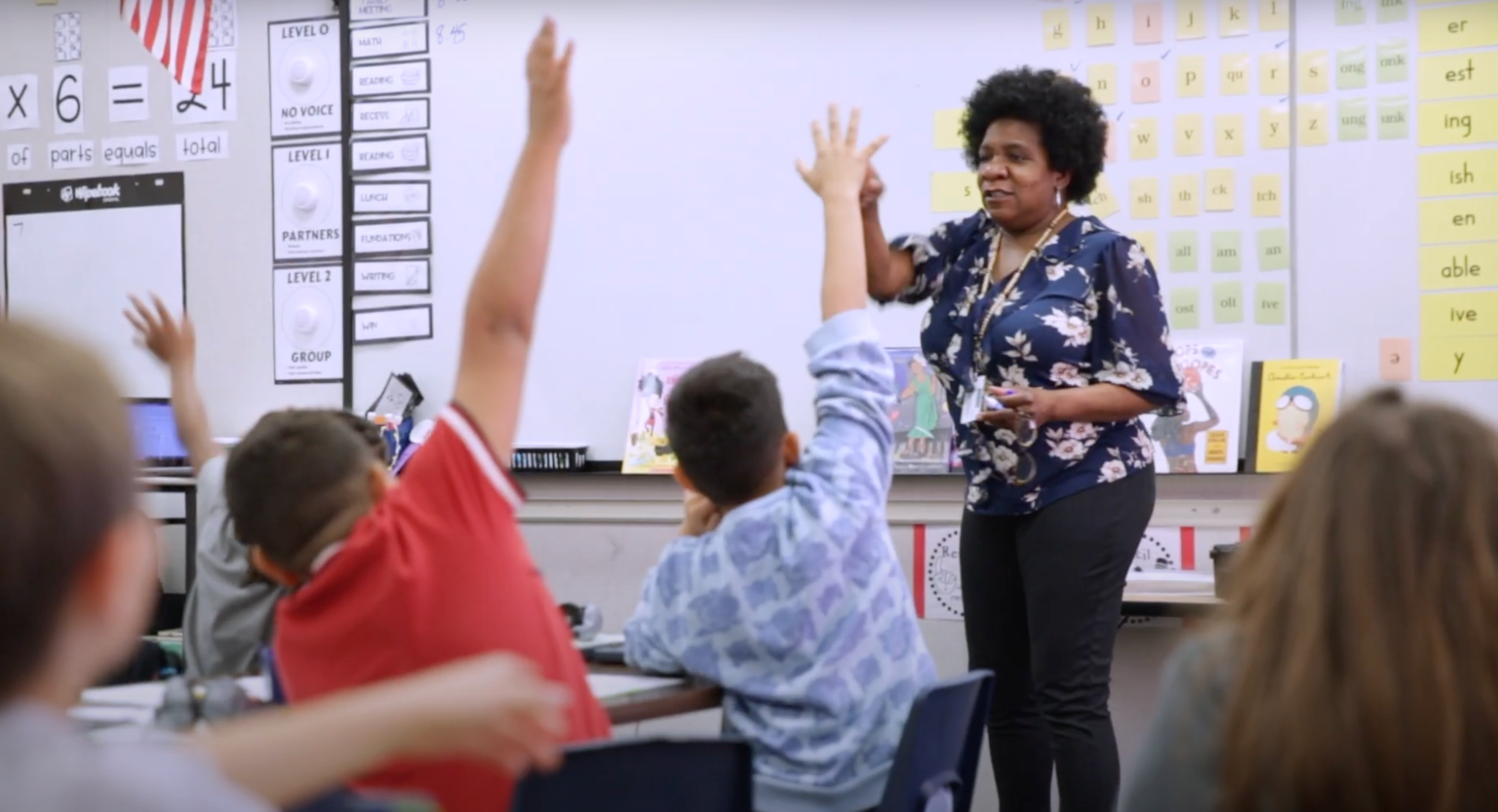School districts nationwide are facing a severe shortage of teachers, leading to shorter school weeks and overcrowded classrooms. In Arizona, almost a quarter of teaching jobs remain vacant, forcing districts to hire uncertified teachers to fill the void. This shortage has been ongoing for nearly a decade, with no immediate solution in sight. Teachers like Cassandra Lockard in the Littleton School District are struggling with low pay, student loan debt, and the pressure of teaching subjects outside of their expertise due to the shortage. The situation is not unique to Arizona, with states like Nevada, Illinois, and Florida also struggling to fill teaching vacancies.
The lack of qualified teachers has led to concerns about declining academic performance among students. Lockard emphasized that without proper funding and qualified educators, student success will suffer. To address the shortage, some school districts have implemented alternative pathways for individuals from different career backgrounds to become teachers. These programs aim to remove financial and time barriers for aspiring educators and provide them with the support needed to succeed in the classroom. Mesa Public Schools, for example, has developed its own certification program to fast-track individuals with degrees in other fields into teaching roles.
Across the country, school districts are turning to international hiring to address the teacher shortage. By recruiting educators from around the world, districts hope to bring in qualified teachers to fill vacancies and provide students with the support they need. However, this solution is not without challenges, as cultural differences and visa issues can impact the effectiveness of international hiring. The demand for teachers remains high, and districts are exploring various strategies to attract and retain educators in the profession.
The shortage of teachers is not just a matter of numbers but also a reflection of broader issues within the education system. Low pay, high student loan debt, and burnout are driving many teachers to leave the profession, exacerbating the shortage. In response to these challenges, some states are exploring policies to improve teacher retention and mental health support for educators. California, for example, has proposed legislation to reduce homework in schools to mitigate student mental health crises and alleviate the burden on teachers.
As districts continue to grapple with the teacher shortage, the conversation around education funding and teacher support is more critical than ever. The demands on educators are increasing, and without sustainable solutions, the quality of education for students could be at risk. Teachers like Cassandra Lockard are at the forefront of this struggle, highlighting the challenges faced by educators on a daily basis. By addressing the systemic issues contributing to the teacher shortage, districts can work towards building a stronger and more sustainable education system for future generations.


